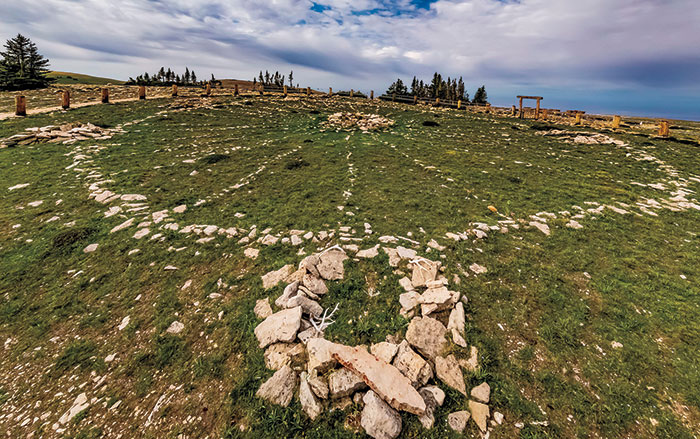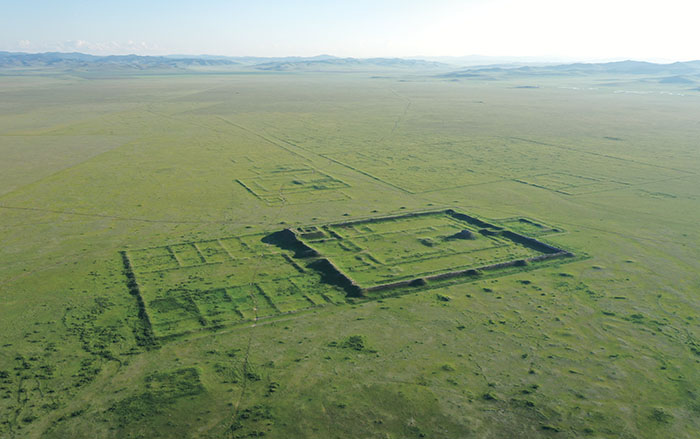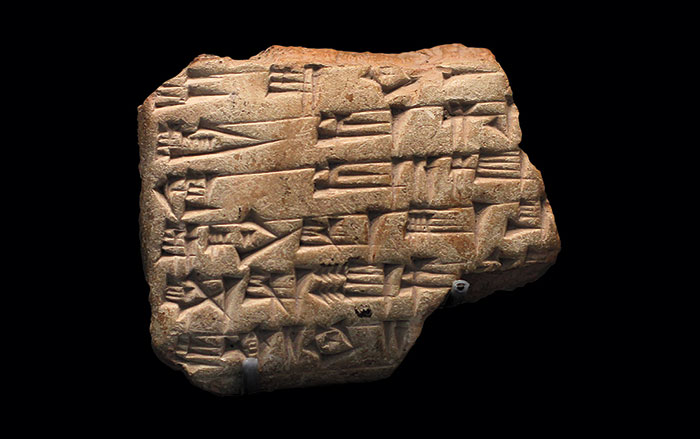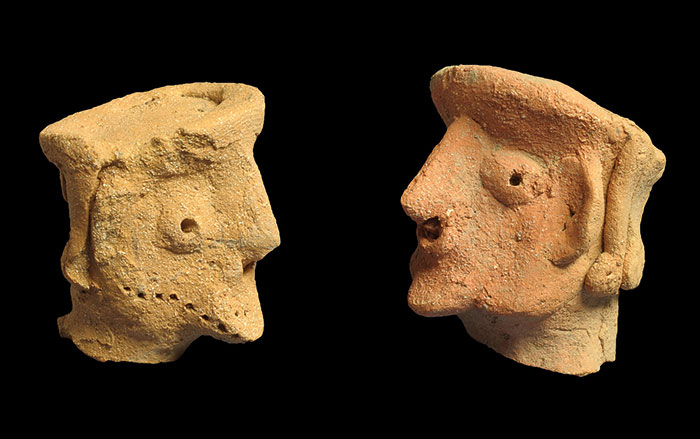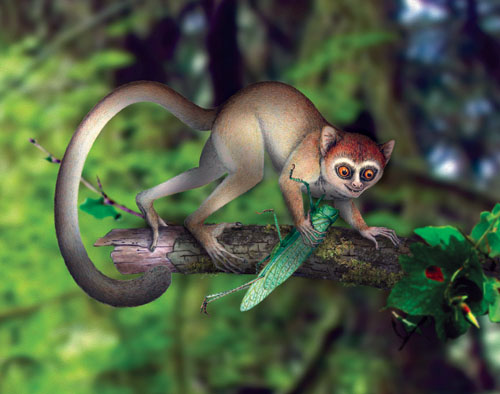
BEIJING, CHINA—Palaeontologists Christopher Beard of Pittsburgh’s Carnegie Museum of Natural History and Xijun Ni of the Institute of Vertebrate Paleontology and Paleoanthropology in Beijing spent ten years studying the well-preserved fossils of a tiny creature named Archicebus achilles, thought to be an early ancestor of tarsiers, small tree-dwelling primates. The fossils are at least 55 million years old, suggesting that tarsiers had split from anthropoid primates, which gave rise to monkeys, apes, and humans, at least that long ago. Archicebus achilles has a skull, teeth, and limb bones that resemble those of tarsiers, but its heel and feet bones resemble those of anthropoids. “This mosaic of features hasn’t been seen before in any living or fossil primate,” Beard said.


